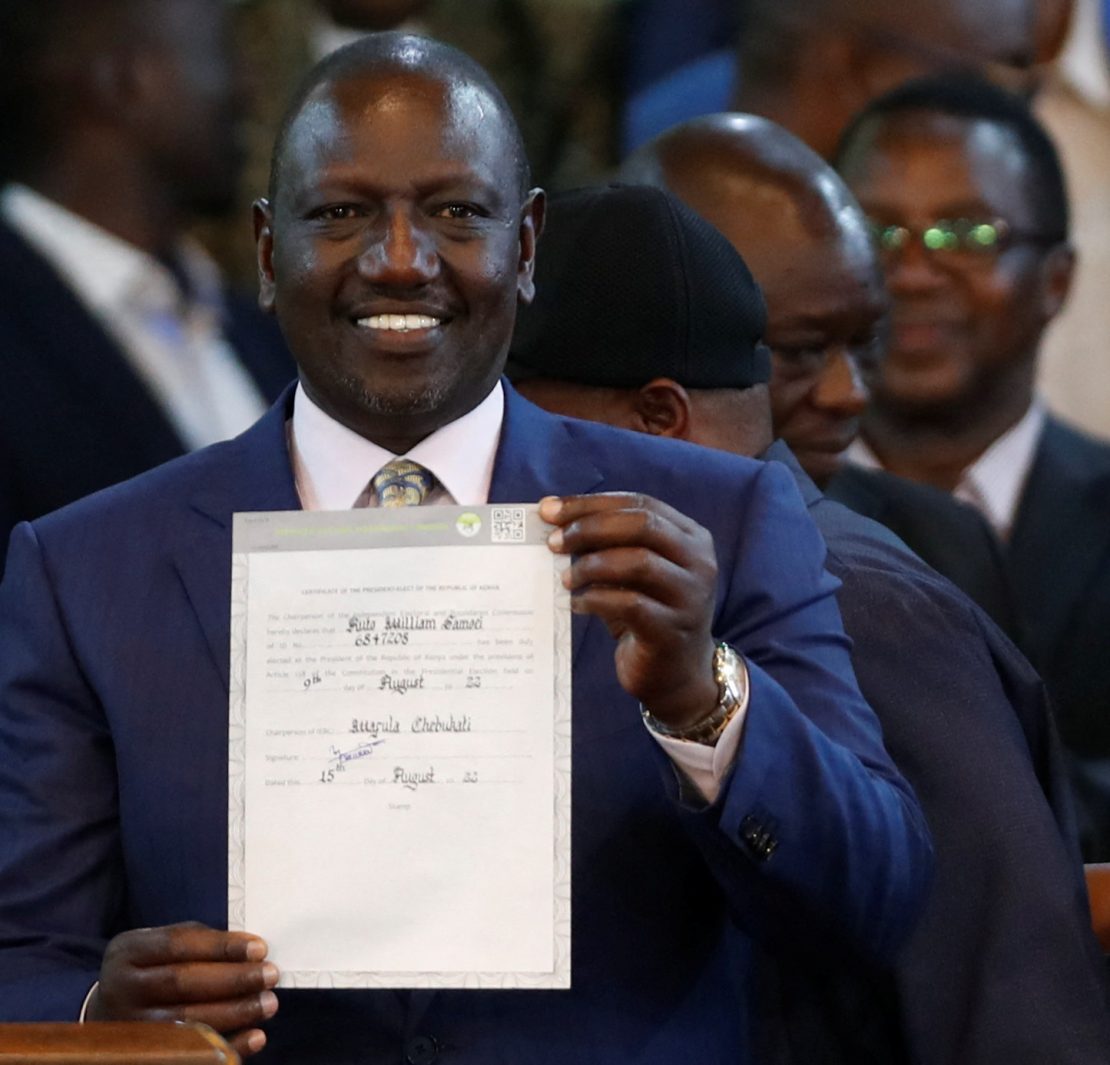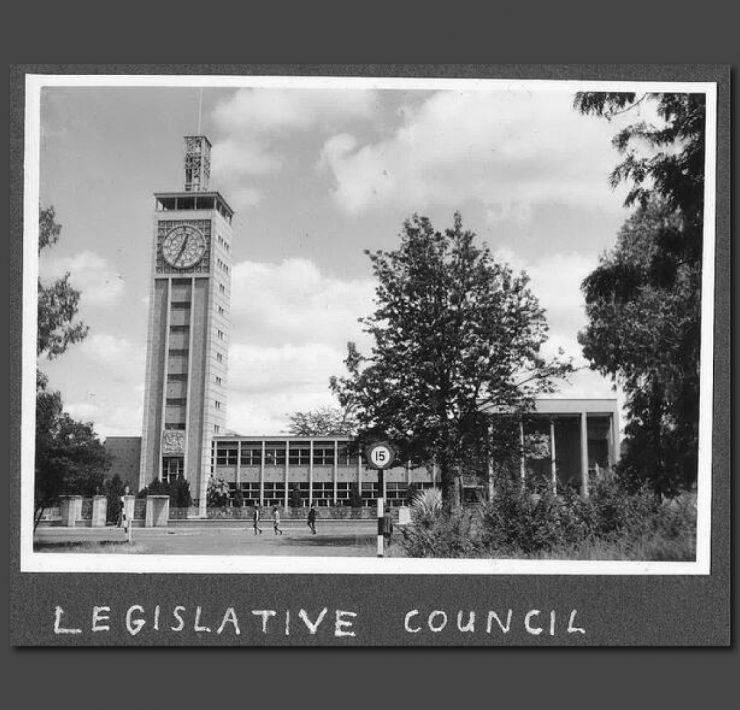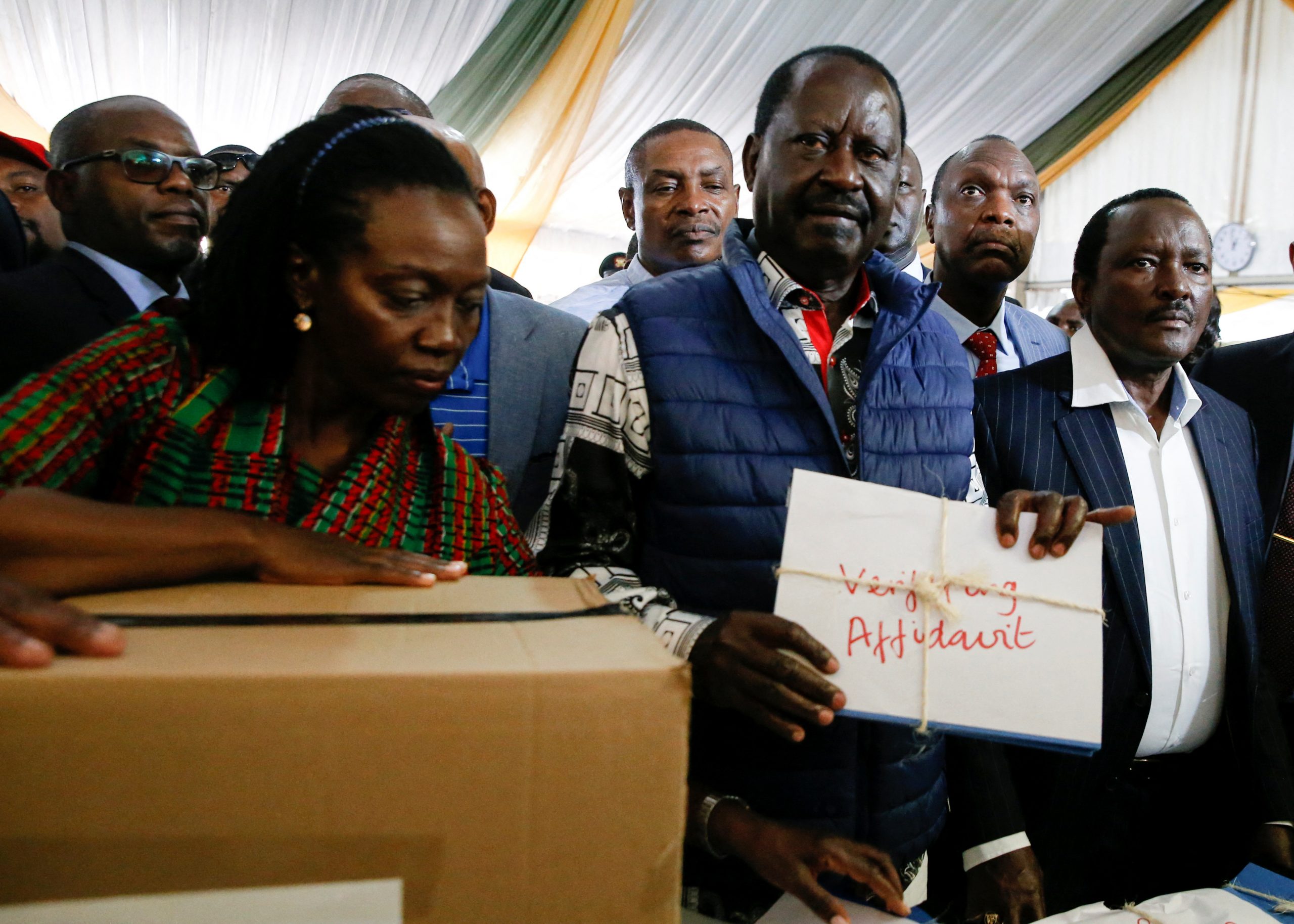Tuesday 13 September marks the third democratic transfer of power in post-independent Kenya. The first such transfer was in 2002, when President Mwai Kibaki took over from President Daniel arap Moi. The second was in 2013, when President Uhuru Kenyatta took over from President Kibaki.
As has been tradition—except in 1978 as President Jomo Kenyatta, Moi’s predecessor, died in office— the change of guard takes place at a swearing-in ceremony presided over by the Chief Justice (CJ).
The Swearing-in process is laid out in the Assumption of the Office of President Act of 2012 and is overseen by the Assumption of the Office of President Committee, which is appointed by the outgoing President and includes three members who are consequently selected by the President-elect.
The swearing-in ceremony is announced to the public through a Gazette Notice, as was done on Thursday 8 September. The ceremony is to be held at a public venue in the Capital City, Nairobi, and in accordance with Article 141 of the Constitution. This year’s inauguration ceremony is happening at the Moi Sports Centre Kasarani.
According to Section 13 the Act, during the ceremony, the President-elect is to take two oaths which are to be administered by the Chief Registrar of the Judiciary, Anne Amadi, in the presence of Chief Justice Martha Koome. By law, this should not happen any earlier than 10.00 a.m., and not any later than 2.00 pm. In the absence of the Chief Justice, the oath is administered before the Deputy Chief Justice.
When it’s time for the President-elect to take the oaths, he will first take the oath of allegiance, followed by the oath or affirmation of due execution of the functions of the office. Thereafter, he will then sign the certificate of inauguration in the presence of the Chief Justice. Succeeding this step is the handover of the instruments of power.
After the President-elect signs his certificate of inauguration, the outgoing President will be invited to the arena to hand over to his successor the symbolic instruments of power and authority, which are a copy of the Constitution of Kenya and a ceremonial sword.
The instruments are to be presented to the outgoing President by the Chief of Defence Forces of the Kenya Defence Forces. As the handover happens, the Aide De Camp (ADC) will move swiftly from behind the outgoing President and stand behind the new President, then give a salute signalling that the guard has officially changed. There will be another military officer waiting to take the Aide De Camp’s position behind the outgoing President.
Subsequent to this, all three stanzas of the National Anthem are to be played as the presidential standard (the flag of the president) of the outgoing President is lowered on one flagpole while that of the incoming President is simultaneously hoisted on a separate pole.
This is then followed with the ceremonial 21-gun salute from the Kenya Defence Forces (KDF), welcoming the new President. The lowered presidential standard is to be handed over to the Chief of Defence Forces, who will present it to the outgoing President.
The new President’s first order of business as President and Commander-In-Chief of the Defence Forces will be to command a break on the Guard of Honour that had been inspected by the outgoing President before he handed over power.
And once the Deputy President-elect has taken his oath of office and that of allegiance, he is to invite one of the guests to make a speech on behalf of the invited dignitaries. The Deputy President is to then deliver his inaugural speech, before inviting the President to make his maiden address to the nation.
Thereafter, the outgoing President will lead the exit from the venue and head to State House Nairobi, where he will receive his successor with invited guests for a luncheon, before making a final exit.



